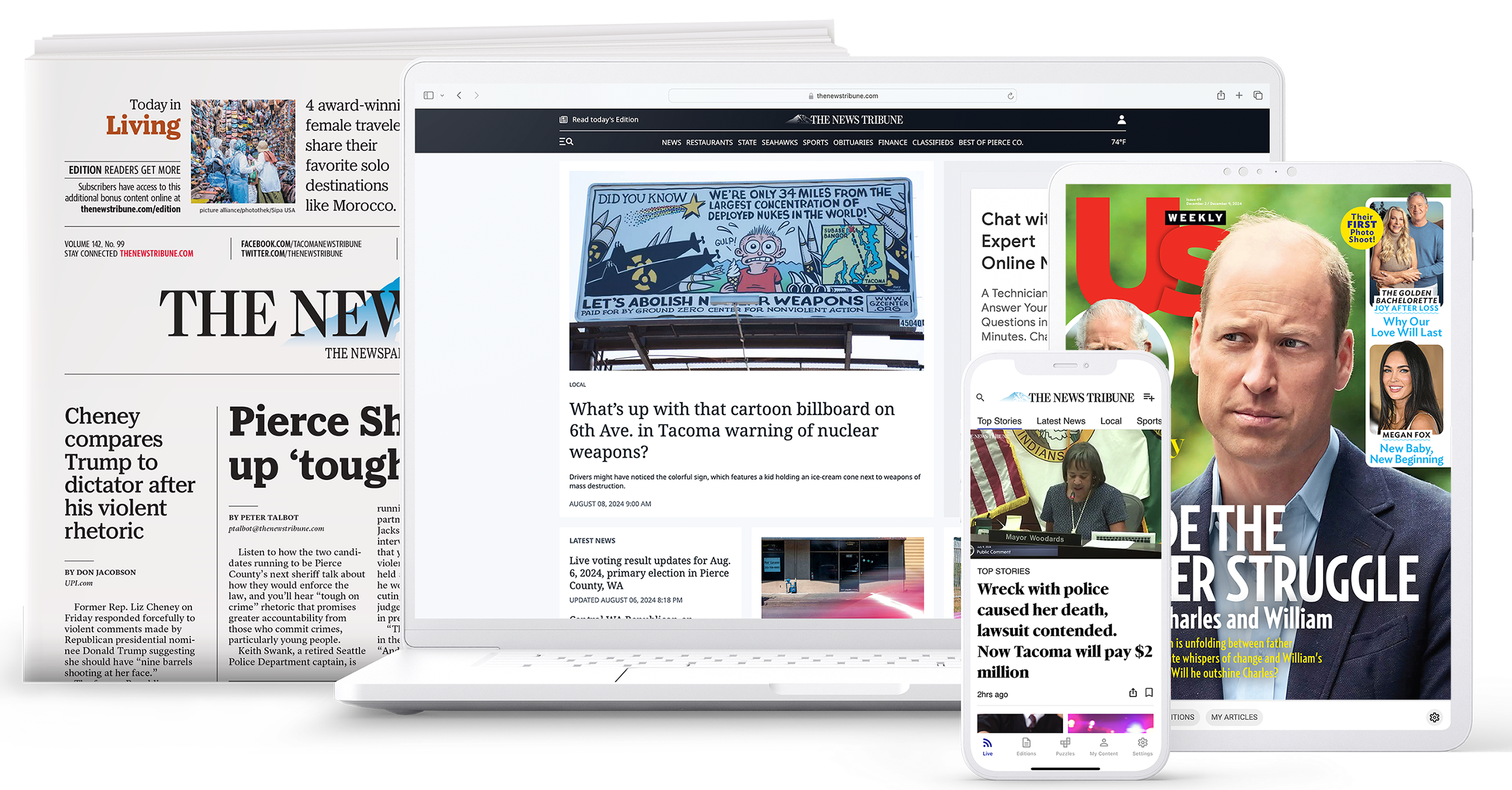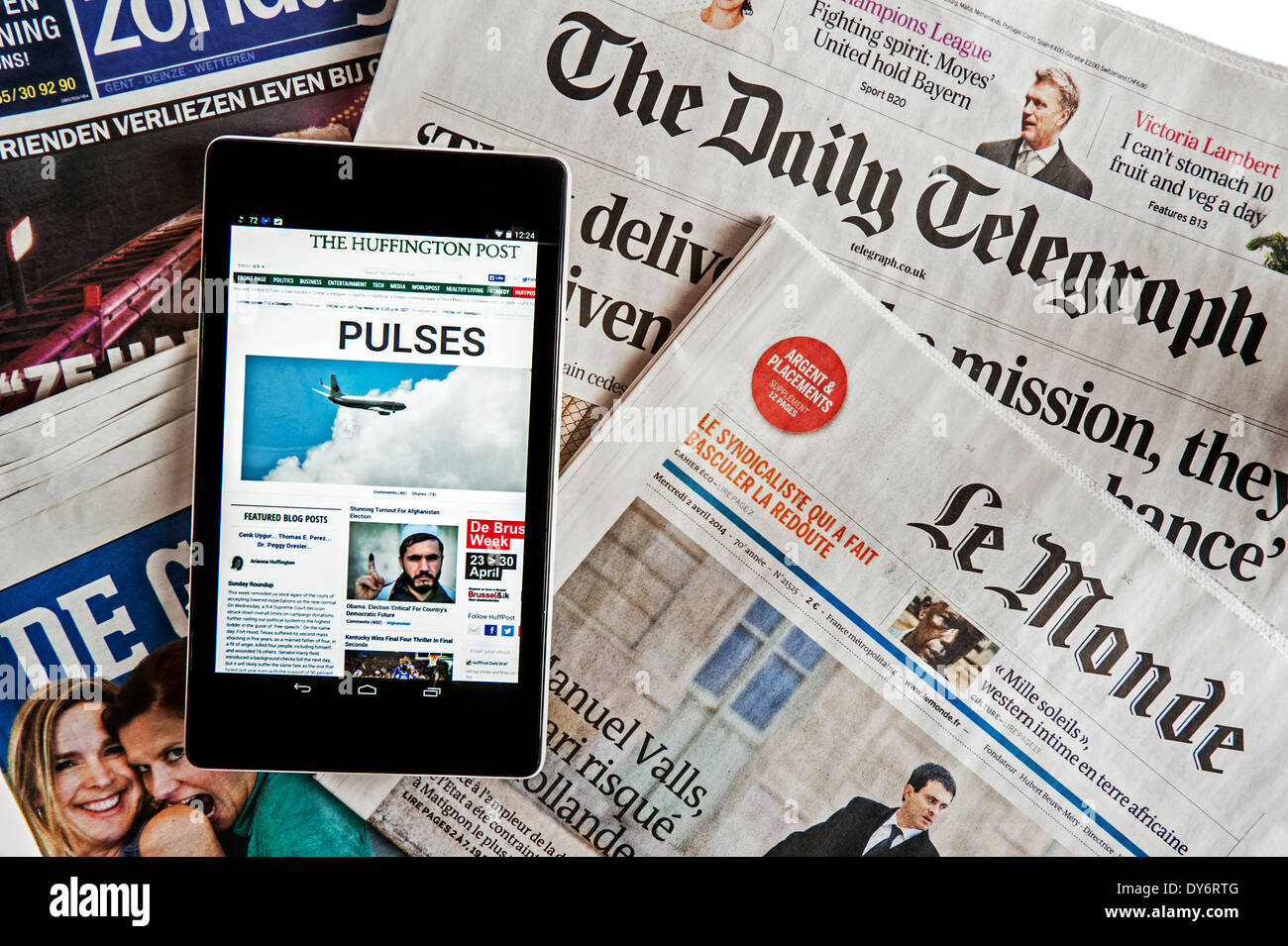The Impact of Social Network heading We Consume News Online
Social media has basically changed news usage. It supplies immediate access to information, often eclipsing typical media outlets. Nonetheless, this fast dissemination includes obstacles. Users encounter the threat of coming across false information and ending up being entraped in resemble chambers. The algorithms driving individualized material can obscure varied perspectives. As these dynamics progress, comprehending their implications becomes important for educated engagement in public discussion. What strategies might assist browse this complicated landscape?
The Evolution of News Consumption in the Digital Age
As technology progressed, the means individuals eaten news transformed considerably in the digital age (stnews.live). Traditional papers and relayed media began to decrease as the internet became a primary resource of details. Online platforms offered instantaneous accessibility to news posts, videos, and podcasts, allowing customers to remain notified at any time. The benefit of mobile phones even more increased this change, enabling users to obtain updates on the go
In addition, the increase of news collectors and sites facilitated the intake of diverse perspectives, empowering individuals to customize their news intake based on personal rate of interests. This evolution additionally triggered wire service to adjust their approaches, concentrating on electronic content and interesting visitors through multimedia formats. Consequently, the standard obstacles of time and room in news distribution diminished, causing a much more instant and customized news experience for target markets worldwide.
The Duty of Social Media Site Platforms in News Circulation
Social network systems have actually changed news distribution by offering immediate access to details. Their algorithm-driven web content curation typically focuses on involvement over precision, leading to considerable integrity obstacles (stnews.live). As individuals browse this landscape, the effects for news intake and public discourse come to be increasingly intricate
Instant News Access
Traditional news electrical outlets have actually long been the key source of details, the increase of social media platforms has significantly transformed how news is accessed and taken in. Immediate news gain access to has actually ended up being a hallmark of the digital age, making it possible for users to get updates in actual time. Systems such as Twitter, Facebook, and Instagram enable news to spread out swiftly, usually surpassing traditional media in speed and reach. Individuals can share stories, discuss events, and engage with journalists, developing a vibrant communication between the audience and news content. This immediacy fosters a society of seriousness, prompting individuals to inquire swiftly. As a result, the assumption for prompt news has actually improved journalistic practices, compelling wire service to adjust their techniques to satisfy the needs of a busy electronic setting.
Algorithm-Driven Web content
While customers proactively engage with web content on social media sites, the formulas that regulate these systems play a pivotal function in determining which news stories get exposure. These formulas assess customer habits, preferences, and interaction metrics to curate individualized news feeds. Because of this, certain tales might be amplified while others stay unknown, commonly prioritizing marvelous or trending topics over substantive reporting. This selective exposure forms customers' assumptions of existing events and influences public discussion. The reliance on algorithm-driven material can develop resemble chambers, where individuals are mainly revealed to viewpoints that align with their very own ideas. The dynamics of news circulation on social media systems substantially influence just how people eat and translate info in the electronic age.
Trustworthiness Difficulties
As customers progressively transform to social media for news, the integrity of info experienced on these platforms comes to be a pressing problem. The decentralized nature of social media sites permits any person to release web content, commonly obscuring the lines in between trusted journalism and misinformation. Algorithms prioritize engagement over precision, leading to the widespread circulation of astonishing or deceptive tales. This atmosphere presents substantial challenges for individuals trying to recognize trustworthy sources. Social media platforms, while seeking to combat misinformation with fact-checking and content small amounts, face objection for disparities and prejudices in their techniques. Ultimately, the obligation exists with individuals to critically assess the news they eat, as the fast spread of information often surpasses verification initiatives by systems.
The Surge of Resident Journalism and User-Generated Material
The surge of citizen journalism has actually empowered daily individuals to share news and viewpoints, usually supplying understandings that conventional media might neglect. This change likewise presents significant challenges, specifically the spread of misinformation that can emerge from unverified content. As user-generated web content comes to be much more widespread, the equilibrium in between genuine voices and precision in reporting remains an essential issue.
Empowering Everyday Voices

Obstacles of False information
While the surge of resident journalism has opened up opportunities for varied voices in the media landscape, it has likewise introduced significant challenges associated with false information. The ease of sharing information with social media sites platforms enables individuals to share news rapidly, but this quick spread typically comes with the expense of accuracy. User-generated material often lacks the rigorous fact-checking and content oversight that typical journalism supplies. Consequently, sensationalized or incorrect narratives can get traction, misdirecting audiences and shaping public understanding (stnews.live). Additionally, the blending of opinion and fact within social media sites makes complex the distinction in between credible details and false information. Therefore, consumers should browse a progressively intricate media atmosphere, calling for critical believing abilities to discern dependable news sources amidst the sound

Misinformation and Its Implications for Public Discourse
As social networks platforms progressively dominate the landscape of information circulation, the spreading of false information presents considerable obstacles for public discussion. False information, frequently designed to misdirect or prompt psychological responses, can misshape assumptions of reality and undermine count on trustworthy sources. This phenomenon causes polarized point of views, as individuals gravitate in the direction of resemble chambers that reinforce their ideas, further lodging divisions within culture.
The effects for public discourse are profound. When residents depend on incorrect info, purposeful discussion reduces, and the autonomous process suffers. In addition, misinformation can provoke fear and complication, influencing public health and wellness, security, and political stability. Consequently, promoting media proficiency ends up being essential, empowering people to critically review details and recognize reality from fiction. Resolving the difficulties posed by false information is vital for maintaining the Check Out Your URL honesty of public discussion and ensuring an educated populace efficient in involving in useful conversations.
The Influence of Algorithms on News Visibility
Given the central role of algorithms in determining material exposure, their impact on news usage is profound. These algorithms, utilized by social media sites platforms, prioritize certain types of material based on individual engagement and choices. Consequently, news write-ups web that line up with prominent trends or target market passions are more probable to be presented prominently, while less sensational stories may be overlooked. This produces an environment where individuals are subjected mostly to information that enhances their viewpoints, possibly leading to resemble chambers.
Moreover, the consistent advancement of formulas implies that news organizations should adapt their approaches to align with these altering parameters, commonly focusing on clickbait or emotionally charged headings. The integrity of news reporting can be jeopardized, as essential tales may not obtain the visibility they are worthy of. The algorithmic shaping of news presence as a result plays an important function in affecting public assumption and understanding of existing occasions.
The Shift Toward Visual Narration in News Media
Increasingly, news media is accepting visual narration as an effective device to engage audiences. This technique leverages pictures, video clips, infographics, and interactive aspects to communicate details better than conventional text-based styles. As interest spans reduce, visuals offer a quick, impactful way to connect complex tales and grab visitors' interest.
Platforms like Instagram and TikTok have further increased this fad, compelling wire service to adjust their content methods to fit these visually-driven atmospheres. By incorporating compelling visuals, news outlets can improve emotional links and foster higher understanding of topical concerns.
Furthermore, visual narration permits for even more varied stories, showcasing several point of views with dynamic discussions. As audiences progressively take in news through mobile phones, the change toward visuals not just provides to customer preferences yet additionally assists to break down barriers to details accessibility. Inevitably, this evolution shows a wider transformation in just how news is produced and eaten in the electronic age.
Future Patterns: Browsing the Altering Landscape of News Intake
While the digital landscape proceeds to evolve, news intake is poised for significant makeover driven by emerging modern technologies and altering target market behaviors. As artificial knowledge and device understanding development, individualized news feeds will certainly end up being a lot more common, permitting users to receive material customized to their rate of interests. This personalization could cause greater engagement but likewise elevate problems regarding echo chambers and false information.
The surge of voice-activated devices and smart speakers will certainly influence exactly how news is provided, moving the emphasis from visual to auditory formats. This trend may encourage wire service to take on more succinct and interesting audio material.

Regularly Asked Inquiries
How Do Social Network Communications Affect News Reliability?
Social media communications can significantly affect perceptions of news integrity. Interaction metrics, such as sort and shares, frequently form audience depend on, with preferred articles getting perceived legitimacy, despite the precision or dependability of the details offered.
What Function Do Influencers Play in Shaping News Narratives?
Influencers considerably form news stories by leveraging their platforms to intensify certain stories, commonly tailoring material to their target market. This can bring about biased perspectives, influencing public perception and focusing on sensationalism over factual reporting.
How Can Users Identify Reliable News Sources on Social Media Site?
Customers can determine dependable news sources on social media sites by inspecting the resource's reliability, confirming realities via several outlets, evaluating the expertise of the material, and identifying potential biases in reporting to guarantee precise details.
What Effect Does Social Media Carry Traditional Journalism Jobs?
Social network substantially impacts conventional journalism jobs by modifying profits models, minimizing demand for print media, and fostering competition from citizen journalists. Subsequently, lots of specialists encounter work instability and have to adjust to rapidly altering media landscapes.
How Do Various Demographics Consume News on Social Media Site?
Different demographics display diverse choices for news intake on social media. More youthful target markets favor systems like TikTok and Instagram for fast updates, while older people tend to choose Facebook and Twitter for more extensive discussions and write-ups.